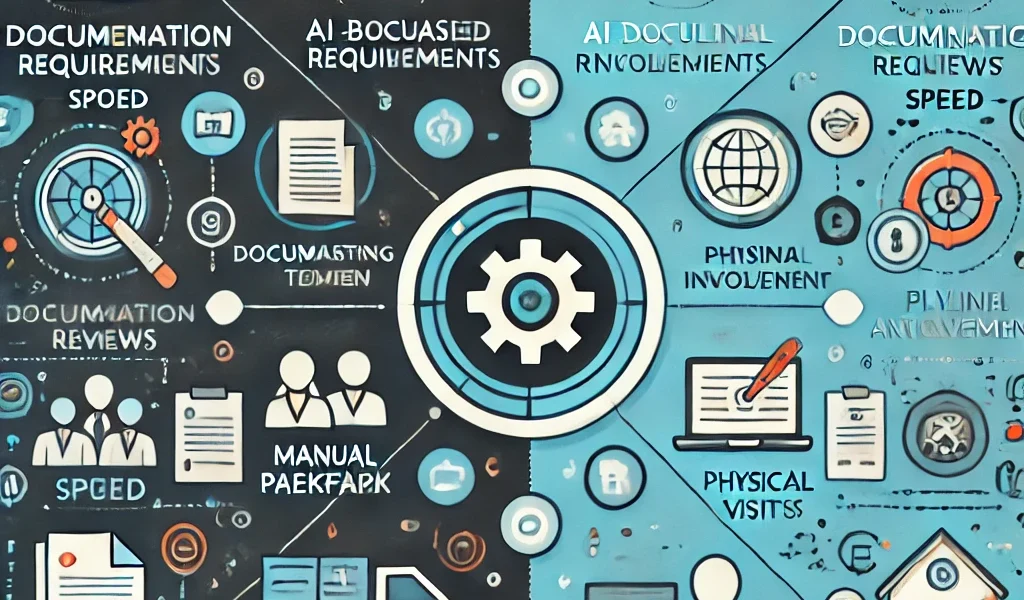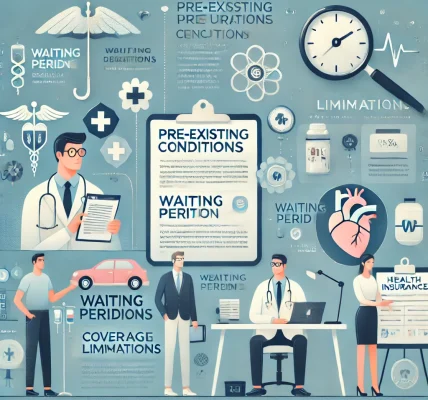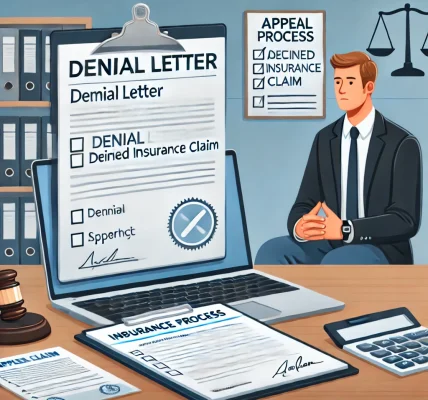In today’s fast-paced world, technology has transformed many industries, including insurance. Traditional insurance claims processing has been around for decades, but digital claims have emerged as a faster and more efficient alternative. If you’ve ever wondered whether filing a digital claim is truly faster than the traditional process, this guide will break down the differences, advantages, and disadvantages of each method. By the end, you’ll be able to make an informed decision on the best approach for your insurance claim.
Understanding Traditional Insurance Claims
What is a Traditional Insurance Claim?
A traditional insurance claim is processed manually through phone calls, paperwork, and physical verification. Policyholders typically have to visit insurance offices, submit physical documents, and wait for assessments to be completed before receiving compensation.
Step-by-Step Process of Traditional Claims
- Filing the Claim: The policyholder contacts the insurer via phone or in person.
- Document Submission: The insured submits required documents like medical bills, police reports, repair estimates, or property damage photos.
- Physical Inspection: An insurance adjuster visits the site to assess damages.
- Processing & Review: The insurer manually reviews all documents and claim details.
- Approval or Rejection: Based on the assessment, the insurer approves or denies the claim.
- Payout: If approved, the payment is processed and sent to the claimant.
Pros of Traditional Claims
✅ Direct human interaction allows for personal assistance. ✅ Physical assessment ensures accuracy in claim valuation. ✅ Works well for large claims requiring detailed evaluation.
Cons of Traditional Claims
❌ Lengthy paperwork can cause delays. ❌ Requires multiple follow-ups and physical visits. ❌ More chances of human errors and miscommunication.
Understanding Digital Insurance Claims
What is a Digital Insurance Claim?
Digital insurance claims use technology such as mobile apps, AI-powered chatbots, and online portals to streamline the claims process. These claims are typically processed with minimal human intervention, allowing faster resolution.
Step-by-Step Process of Digital Claims
- Online Claim Submission: The policyholder submits a claim via a mobile app or insurer’s website.
- Automated Document Upload: Users upload scanned copies or images of required documents.
- AI & Machine Learning Review: AI-powered systems analyze documents and validate the claim.
- Virtual Inspection: Some insurers use video calls or AI-driven image analysis to assess damages.
- Instant Processing: If all criteria are met, approval is done automatically.
- Immediate Payout: Funds are directly transferred to the policyholder’s bank account.
Pros of Digital Claims
✅ Faster claim processing and payouts. ✅ Reduced paperwork and document submission online. ✅ AI-based assessments minimize human errors. ✅ 24/7 accessibility through online platforms.
Cons of Digital Claims
❌ Lack of human interaction for complex cases. ❌ AI-based evaluations may not always capture claim nuances. ❌ Cybersecurity risks associated with online data submission.
Digital vs. Traditional Claims: Which One is Faster?
Let’s compare both claim types based on key parameters:
| Factor | Traditional Claims | Digital Claims |
|---|---|---|
| Processing Time | 1-3 weeks | 24-72 hours |
| Documentation | Physical copies required | Digital uploads |
| Human Involvement | High (manual verification) | Low (AI-based review) |
| Claim Assessment | In-person inspection | AI & virtual verification |
| Convenience | Requires visits & calls | Can be done from anywhere |
| Risk of Errors | Higher (manual handling) | Lower (automated checks) |
| Availability | Office hours only | 24/7 online access |
Clearly, digital claims are significantly faster than traditional claims due to automation and online accessibility. However, traditional claims may be better suited for complex cases requiring human judgment.
When Should You Choose Digital vs. Traditional Claims?
Best Situations for Digital Claims:
✔ Minor vehicle accidents with clear evidence. ✔ Small medical claims with proper documentation. ✔ Home insurance claims for minor repairs. ✔ Any claim where fast settlement is preferred.
Best Situations for Traditional Claims:
✔ Large claims requiring in-depth investigation. ✔ Cases with unclear liability requiring negotiations. ✔ If you prefer human interaction and assistance. ✔ When digital tools are not accessible or preferred.
Tips to Ensure Faster Claim Processing
Regardless of the method you choose, here are some best practices to ensure a smooth claims process:
1. Submit Complete & Accurate Information
✅ Double-check documents before submission. ✅ Ensure all forms are filled out correctly. ✅ Provide clear and high-quality photos or scans.
2. Follow Up Regularly
✅ Track your claim online or via customer support. ✅ Respond quickly if the insurer requests additional documents. ✅ Keep copies of all communications.
3. Know Your Policy Well
✅ Understand what is covered and what is excluded. ✅ Be aware of claim deadlines and required documentation. ✅ Read the fine print to avoid surprises.
4. Use Digital Where Possible
✅ Even if you prefer traditional claims, check if your insurer offers hybrid options. ✅ Use apps for document submission to reduce physical paperwork. ✅ Consider digital signatures to speed up approvals.
Final Thoughts
Both digital and traditional insurance claims have their place in the industry, but digital claims are undoubtedly faster and more convenient for straightforward cases. Traditional claims still hold value for large or complex claims where human evaluation is necessary.




